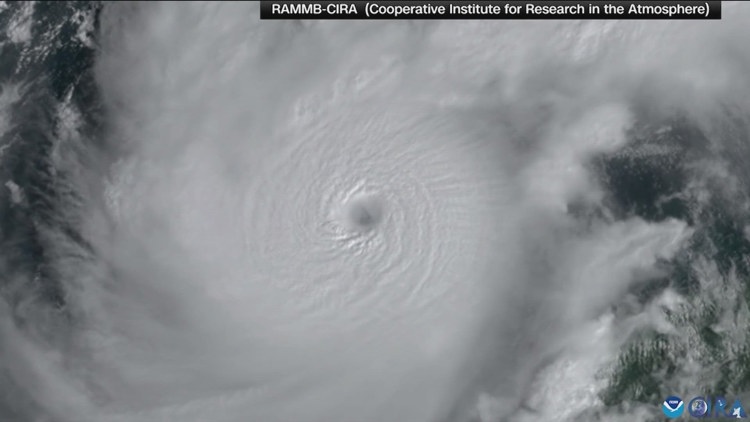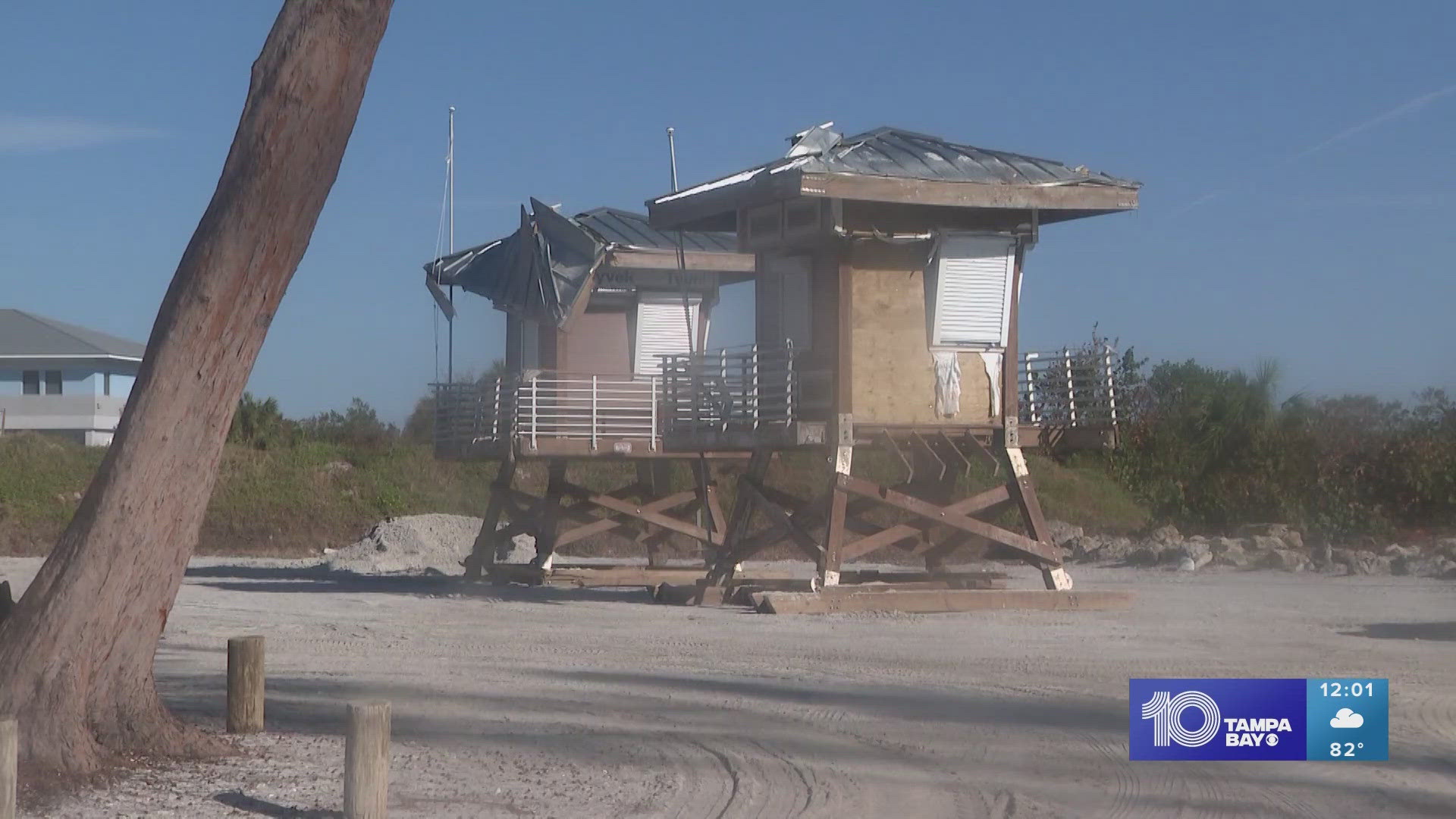TAMPA, Fla. — Hurricane Milton is one of the fastest hurricanes to ever go from a Category 1 to Category 5 designation in history. Even though the storm is set to weaken as it approaches Florida's coast, the state's emergency services chief warned that incoming storm surges are "not survivable" in some areas.
Florida Gov. Ron DeSantis declared a State of Emergency for 35 counties in Florida as forecasts show Milton tracking toward the Sunshine State's west coast.
TRACKING MILTON: Hurricane Milton maintains Cat 4 strength, still poses 'extremely serious' threat to Florida
Milton has already become a household name throughout Florida, but how did meteorologists choose what to call the storm? It's part of a long, and somewhat complicated, history.
While the NHC tracks and categorizes hurricanes, it doesn't control the naming of tropical storms or hurricanes. That power is held by the World Meteorological Organization (WMO).
"Historically, storms have been named for a long time, but haphazardly and after the fact," WMO said. "As weather forecasting developed as a science, storms were identified by their latitude-longitude. However, using short, distinctive names – in written and spoken communications – proved quicker and less subject to error."
Hurricane naming conventions went through numerous changes, according to NOAA. For several hundreds of years in the West Indies, the storms were named after the particular saint's day when it occurred. An Australian meteorologist named Clement Wragge began naming tropical storms after women before the end of the 19th century.
The U.S. originally named storms using a phonetic alphabet (Able, Baker, Charlie, etc.) for two years before an international phonetic alphabet was introduced in 1953, NOAA said. That's when the United States started using only names of women for storms. That ended in 1978 when men's and women's names were added to Eastern North Pacific storm lists. Men's and women's names were included in lists for the Atlantic and Gulf of Mexico the next year.
Hurricanes are now named according to a list corresponding to the region they originate. In fact, hurricane names have already been selected through 2029.



